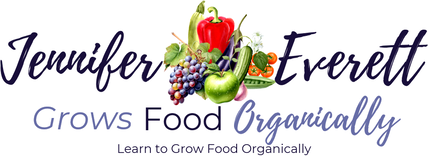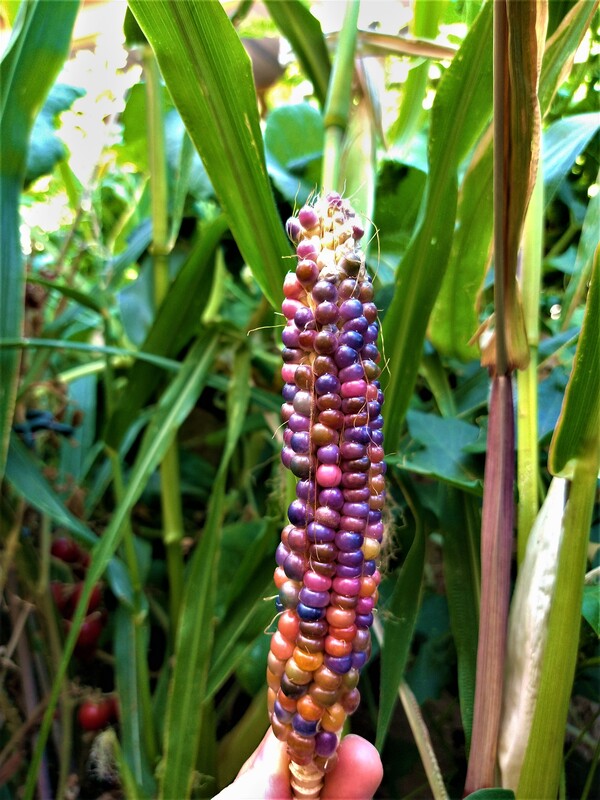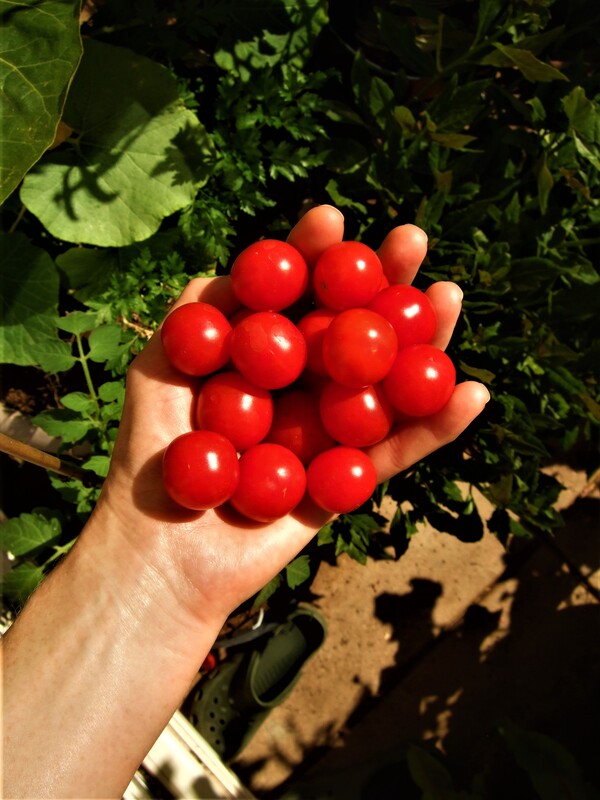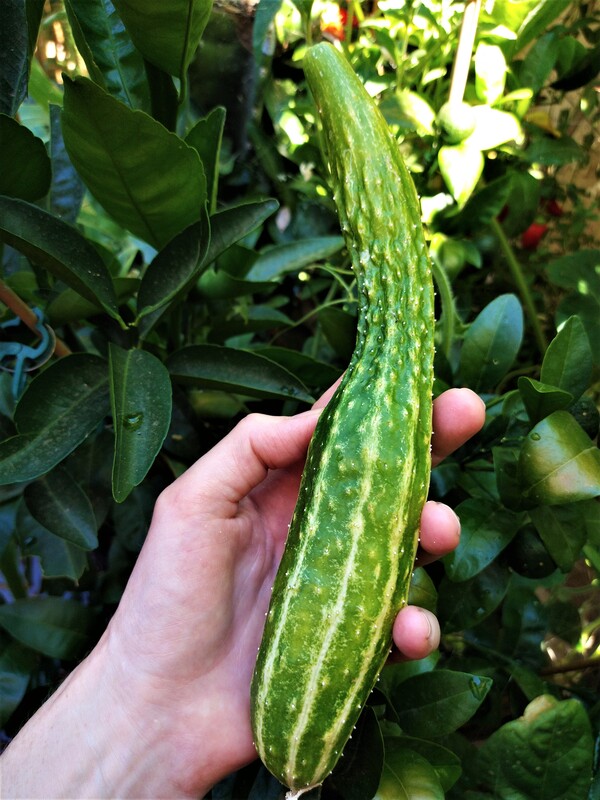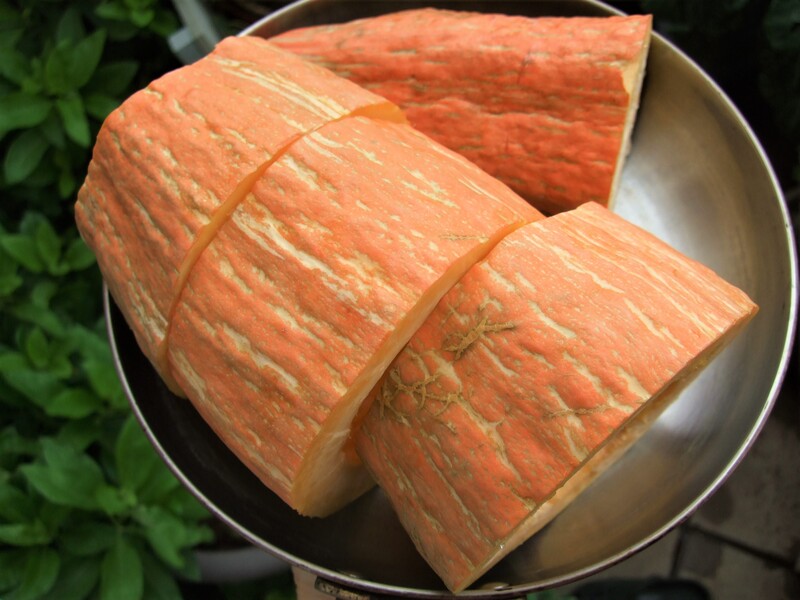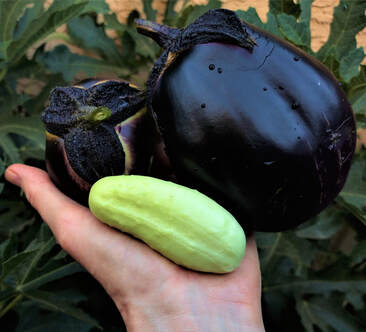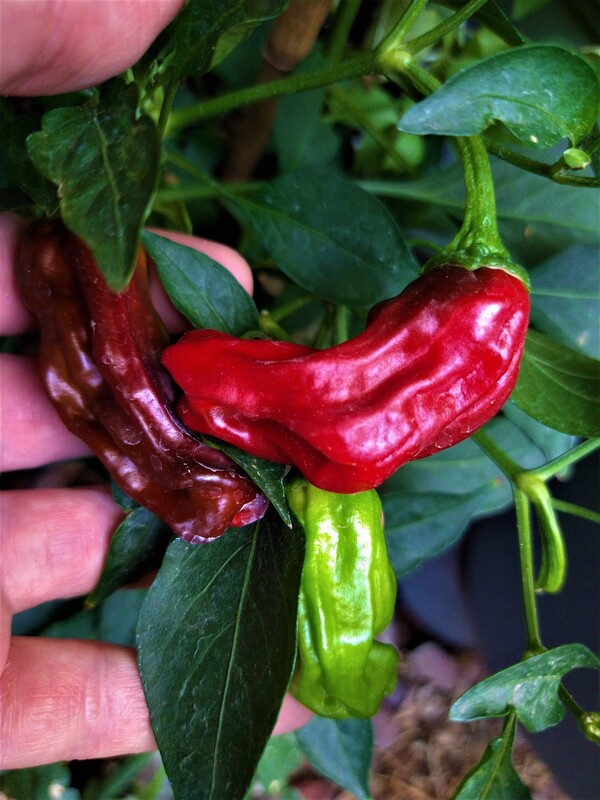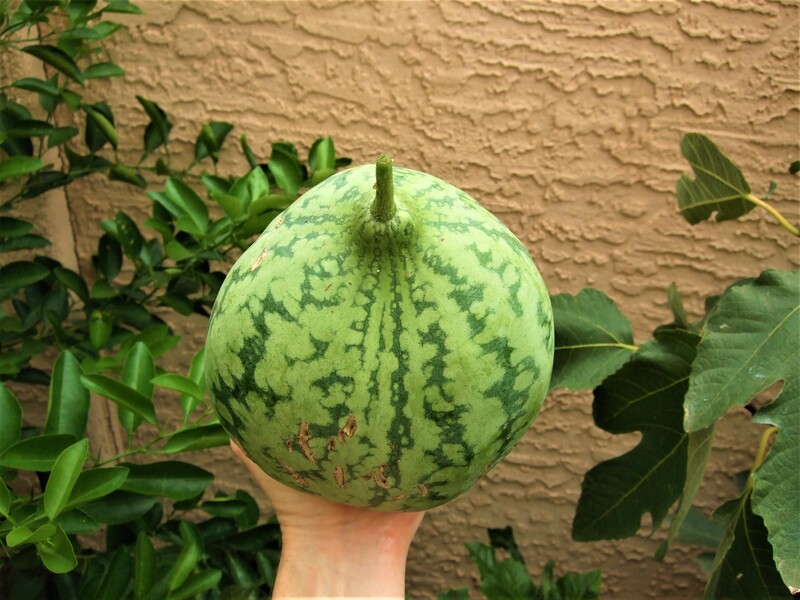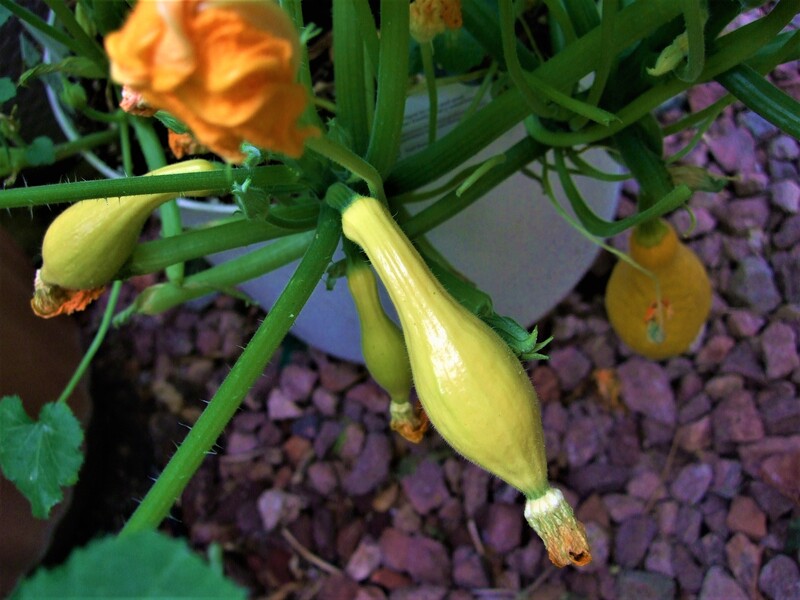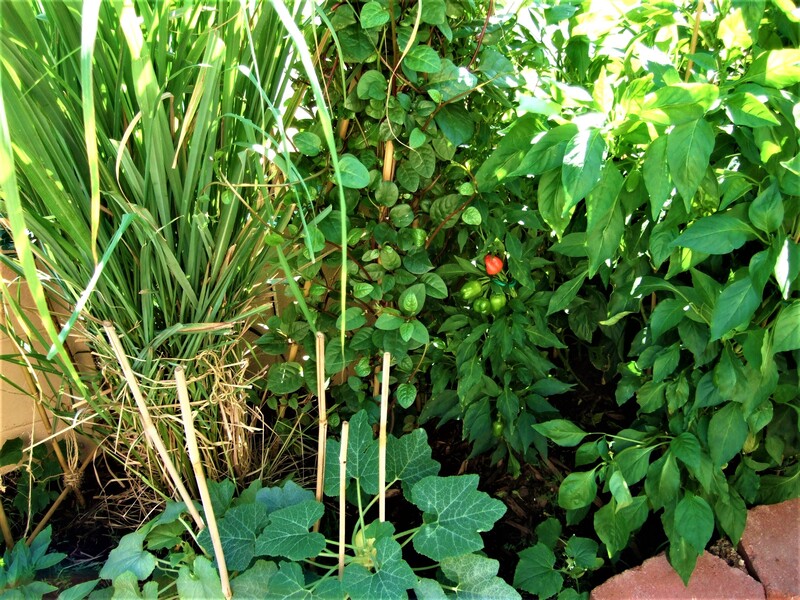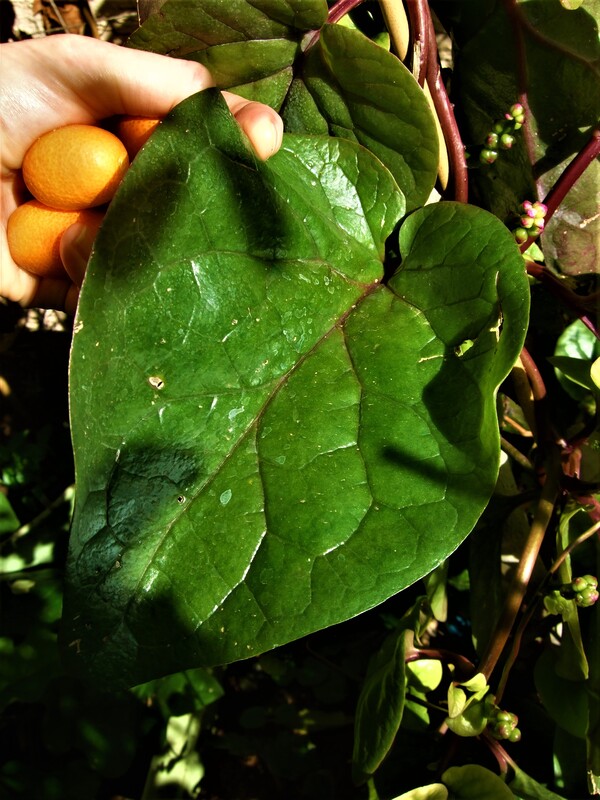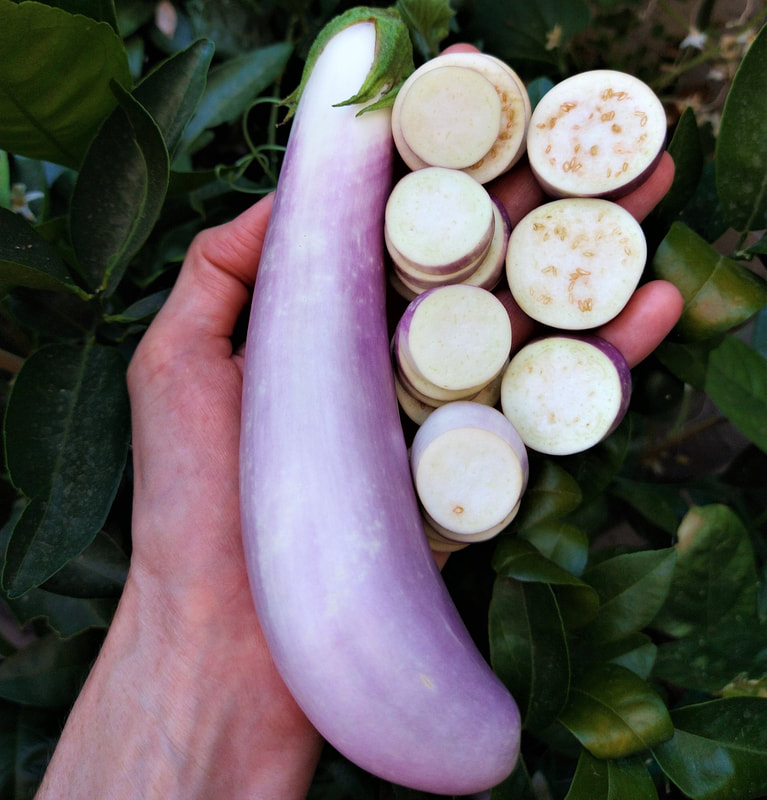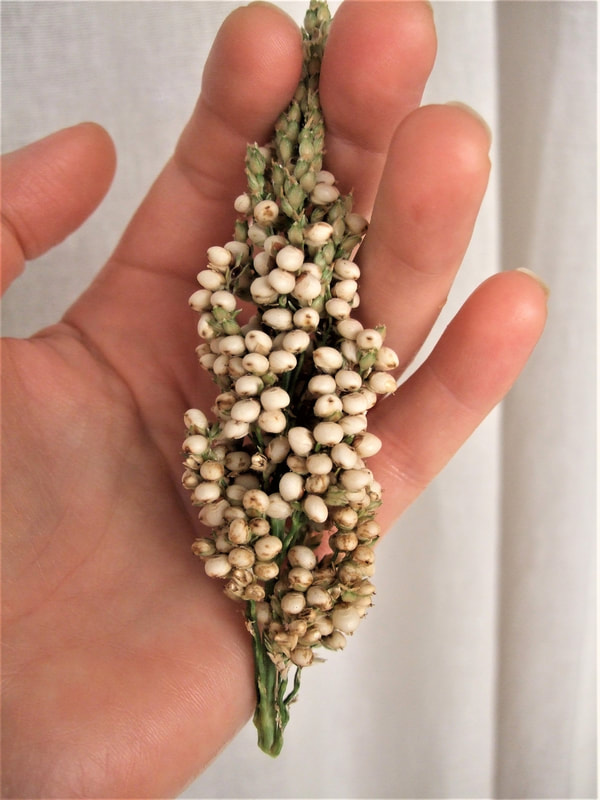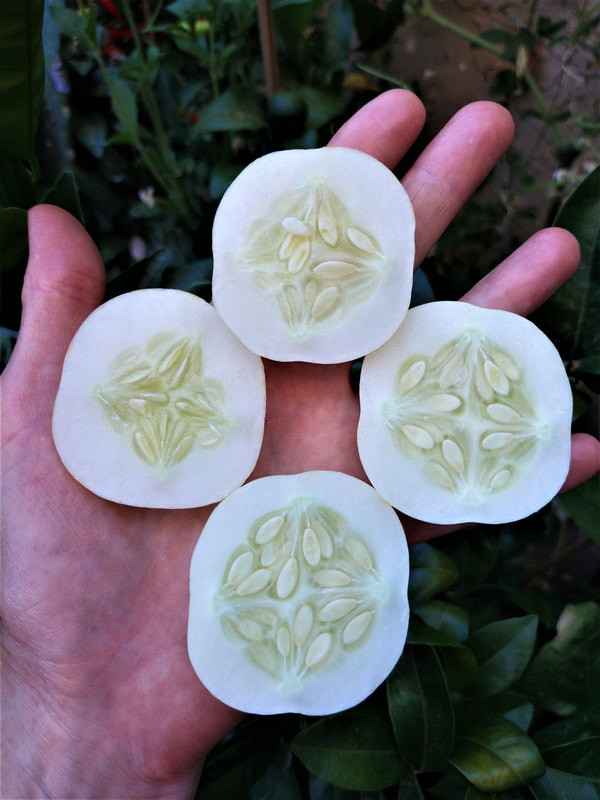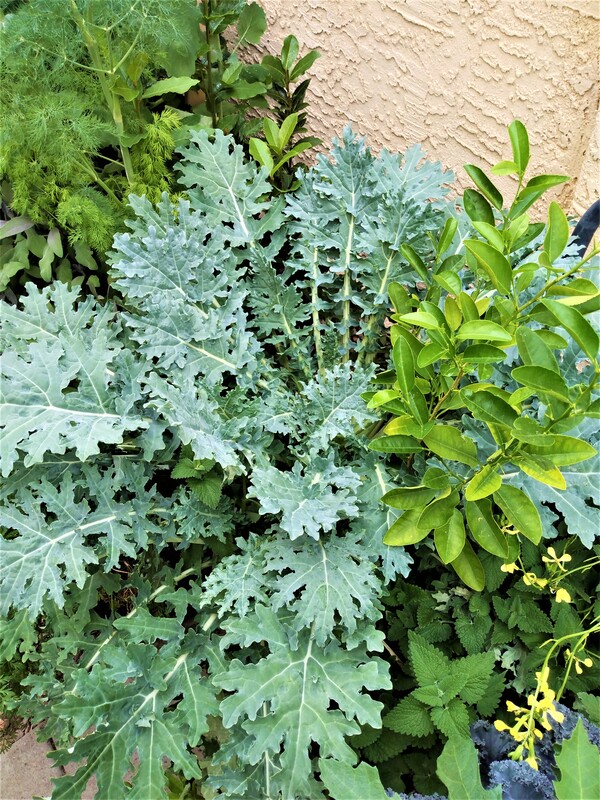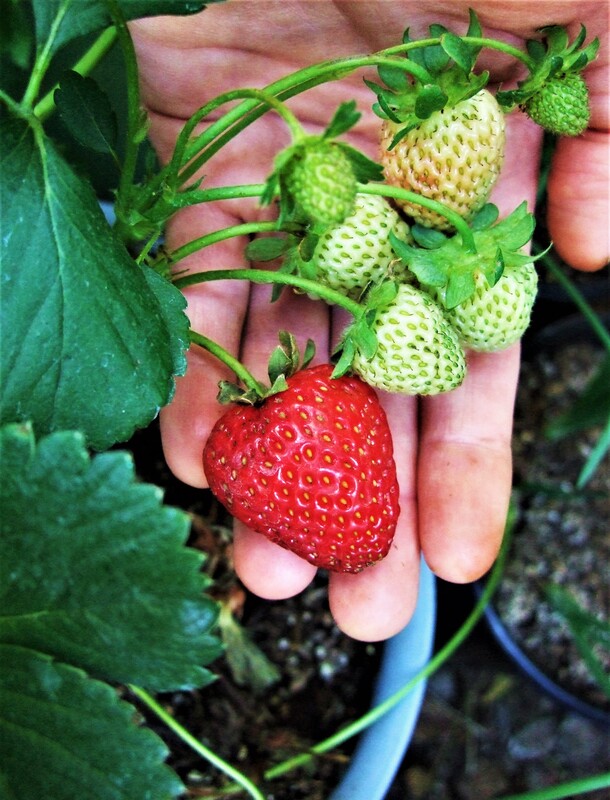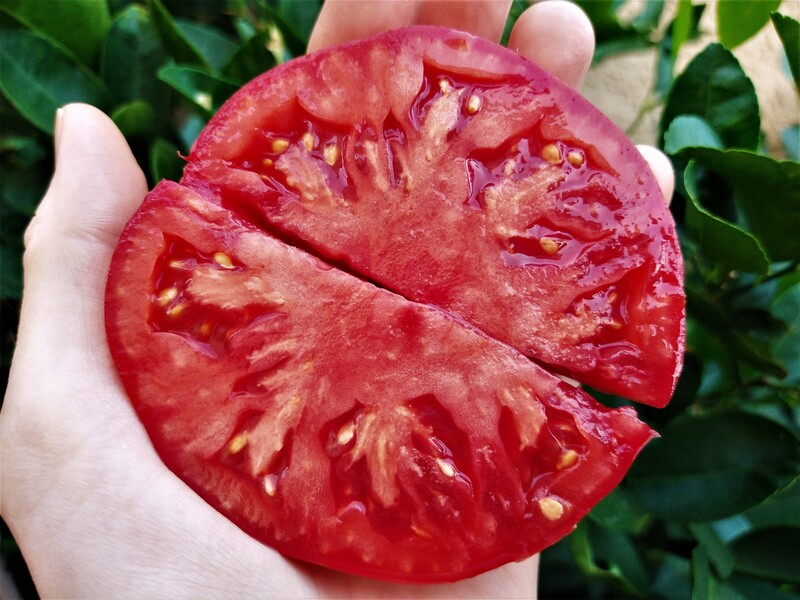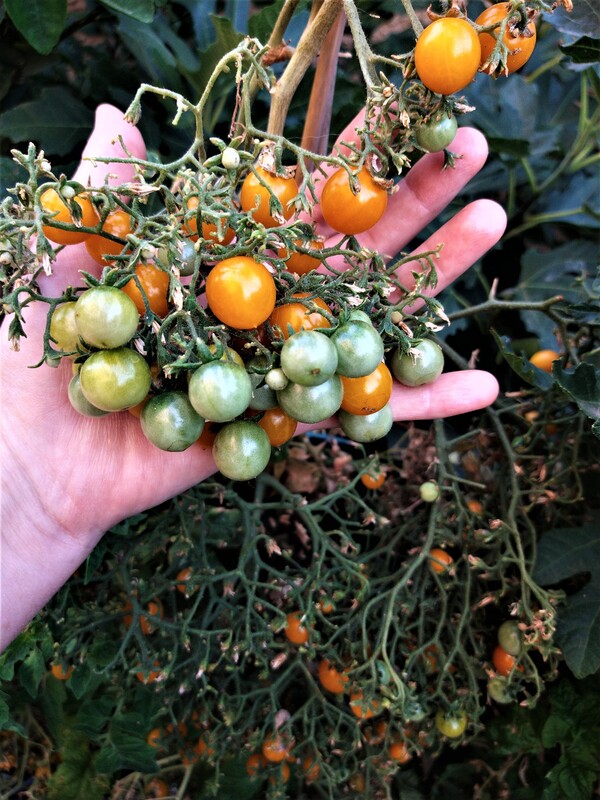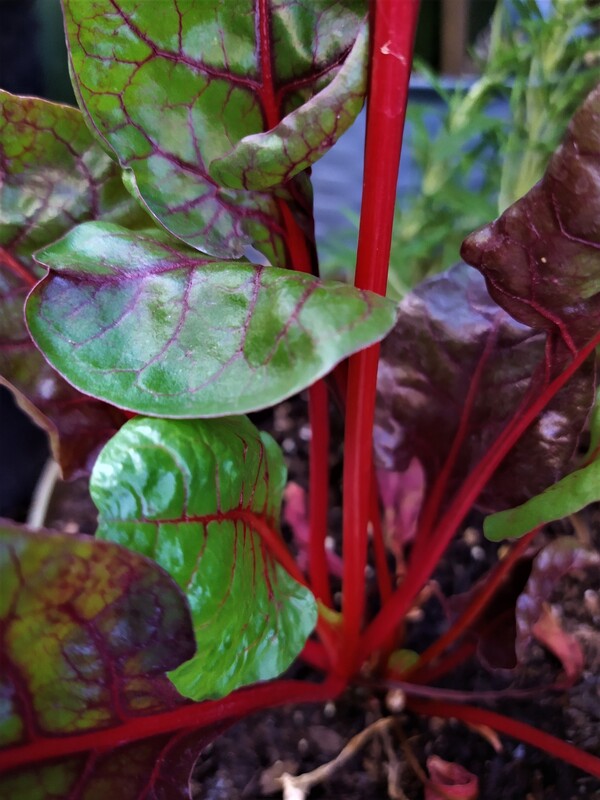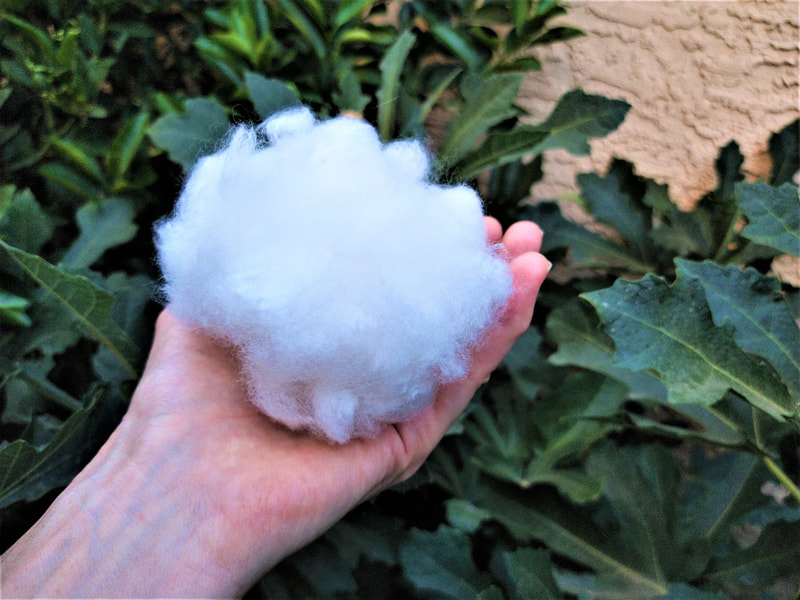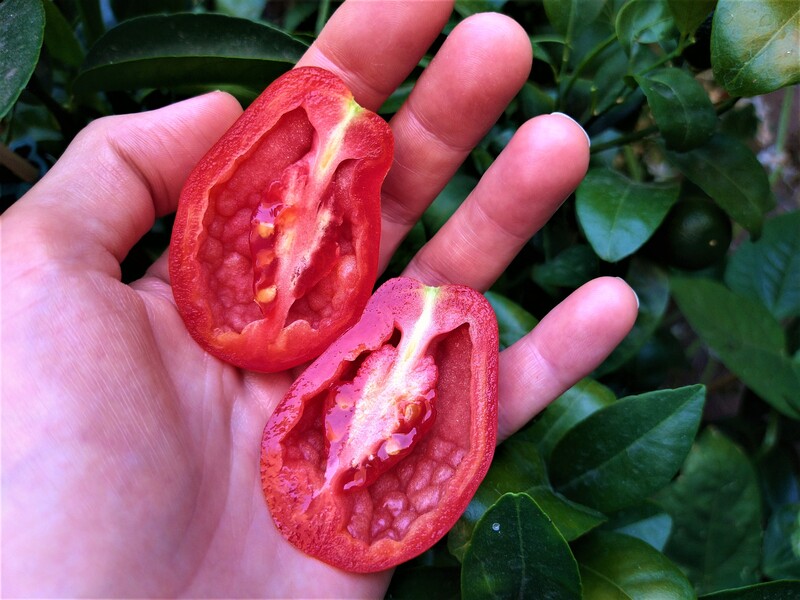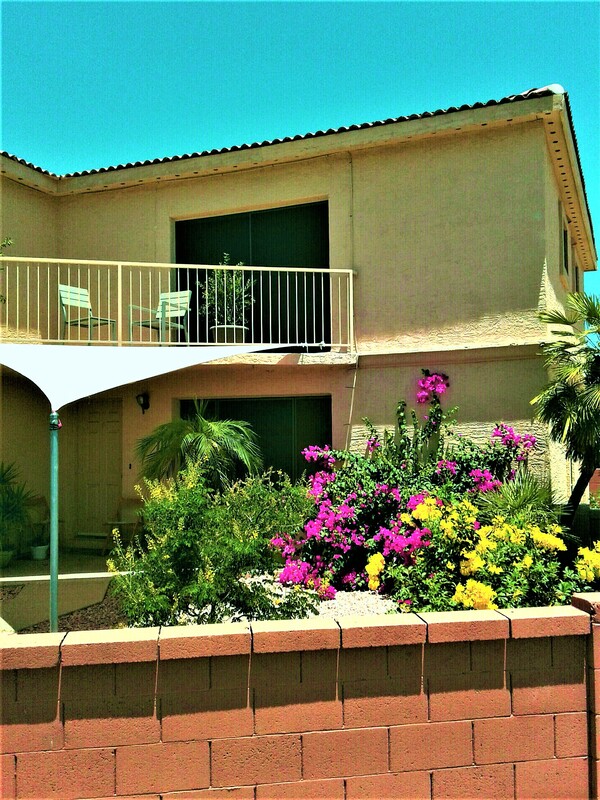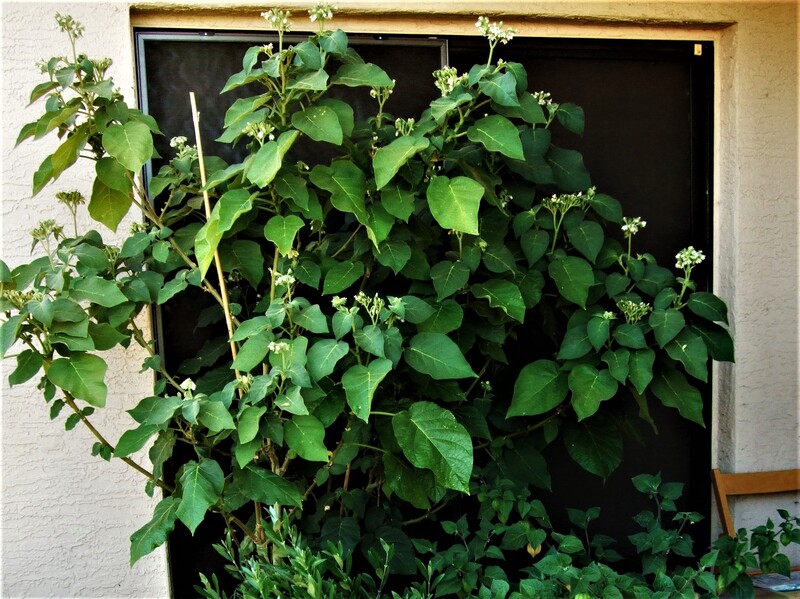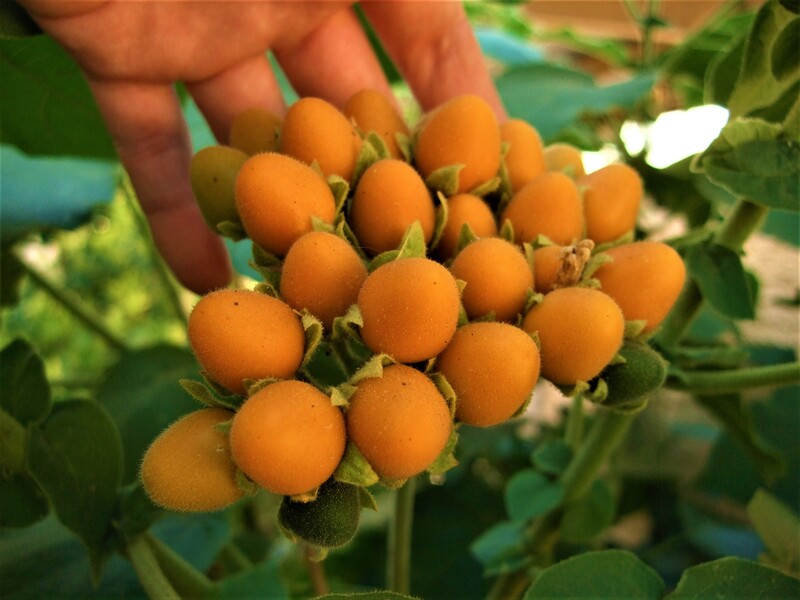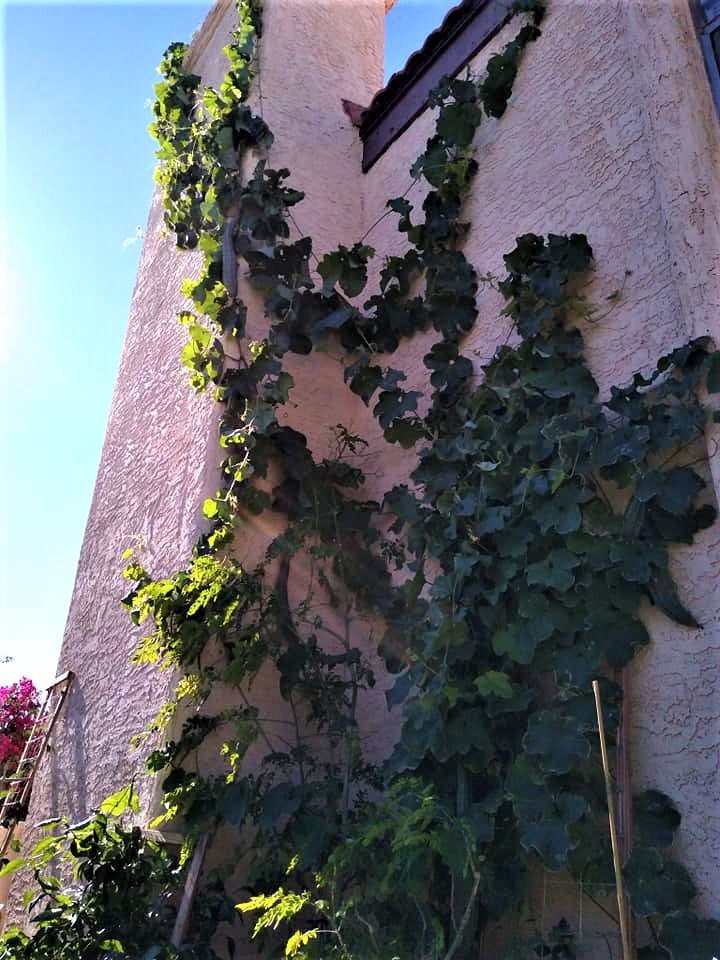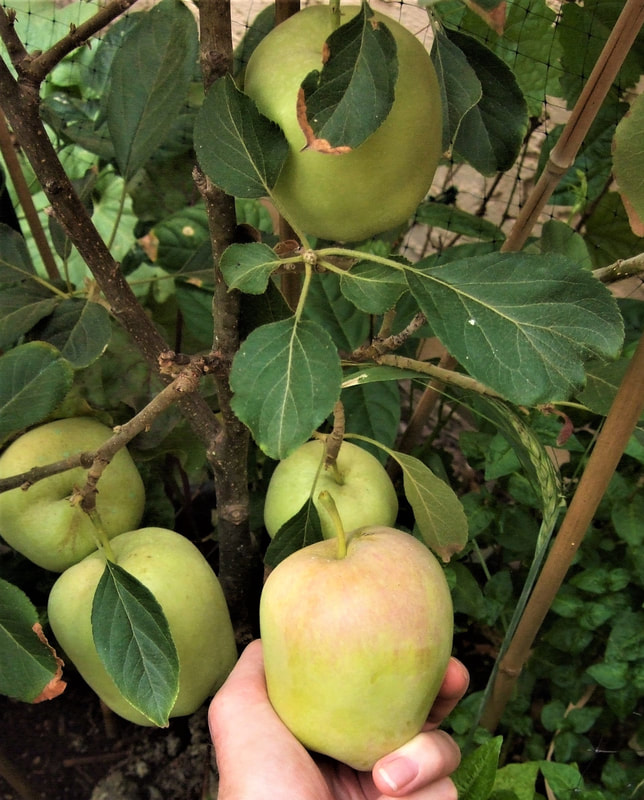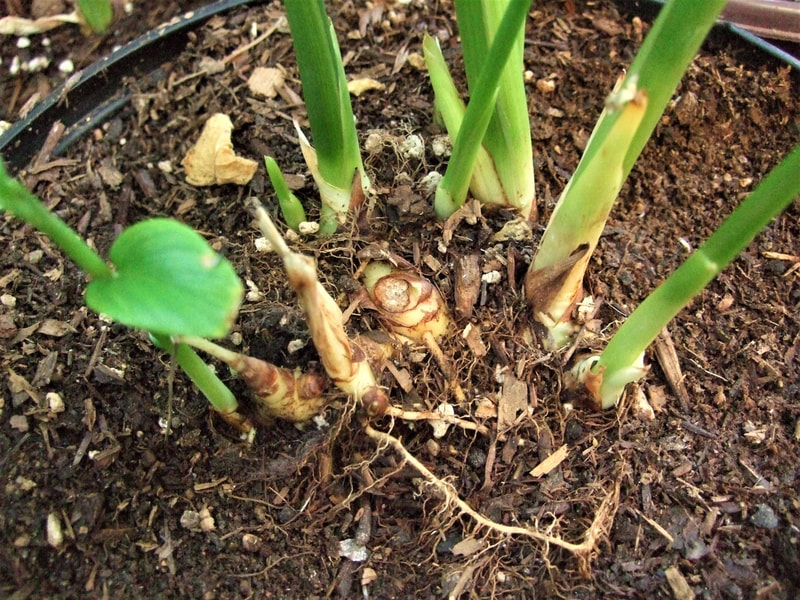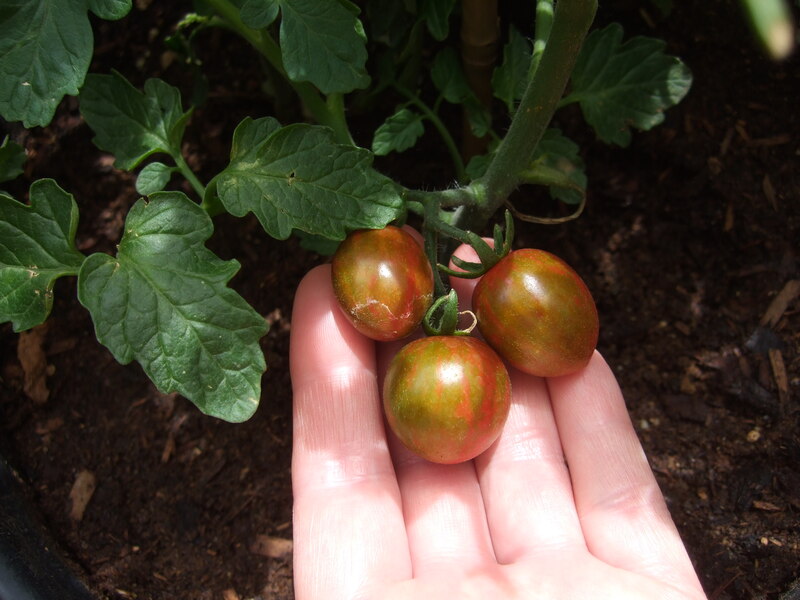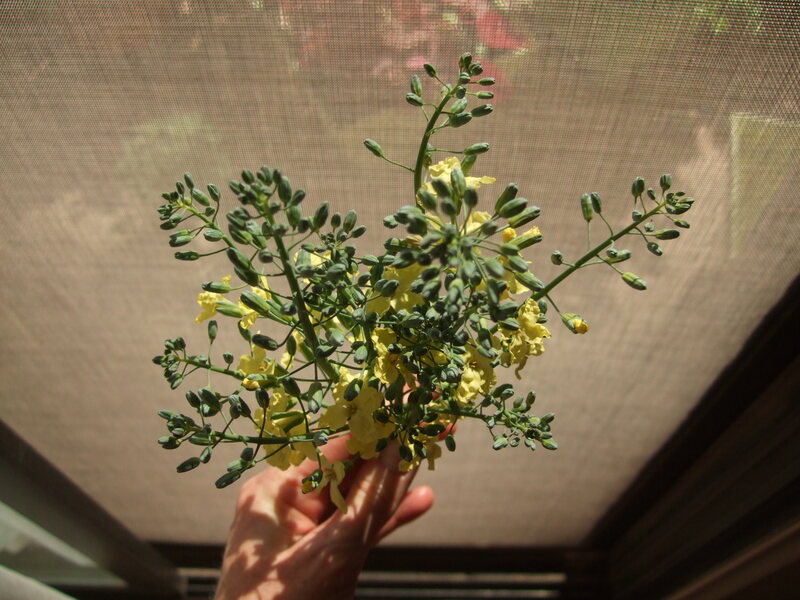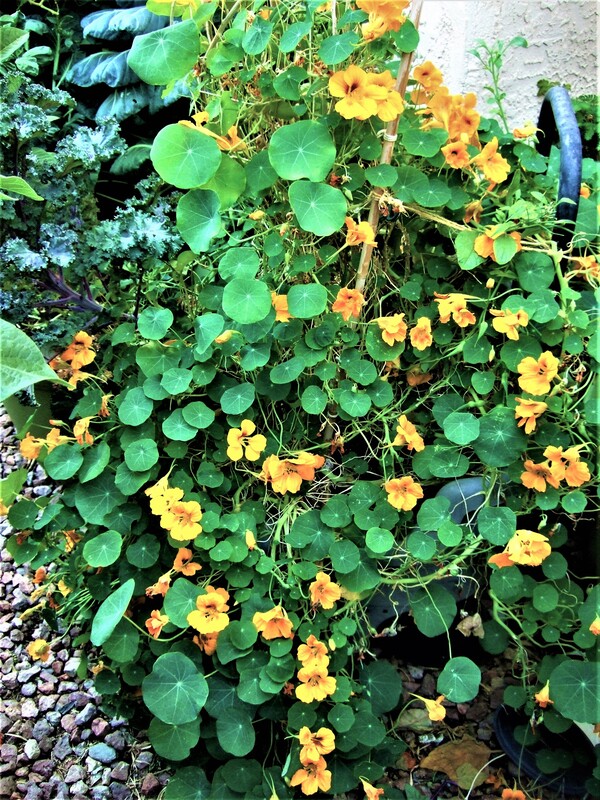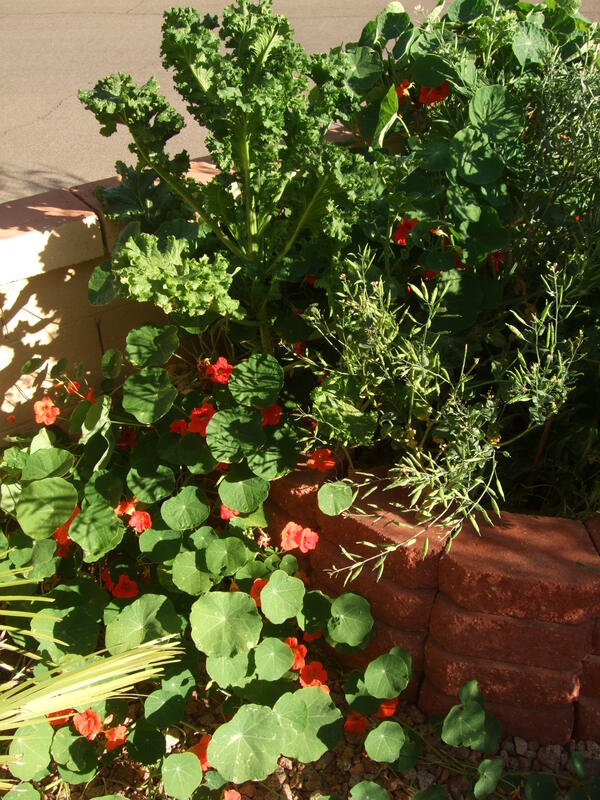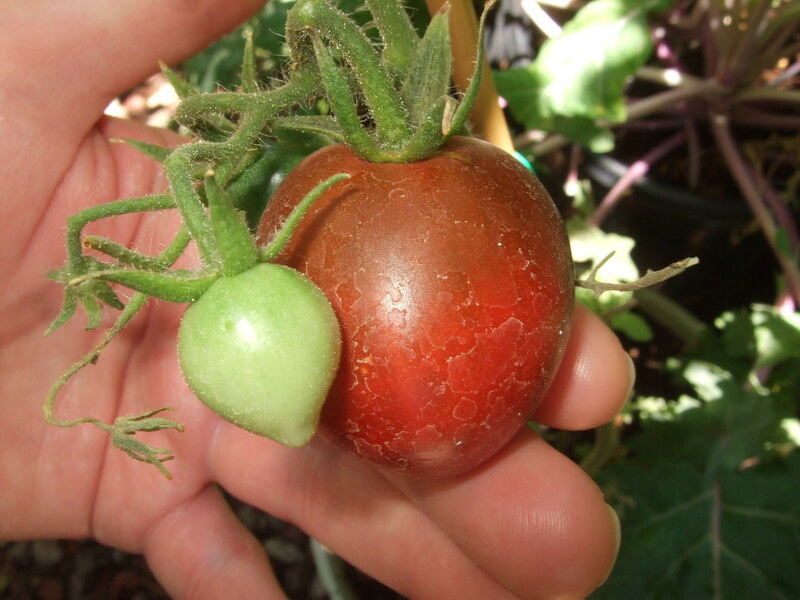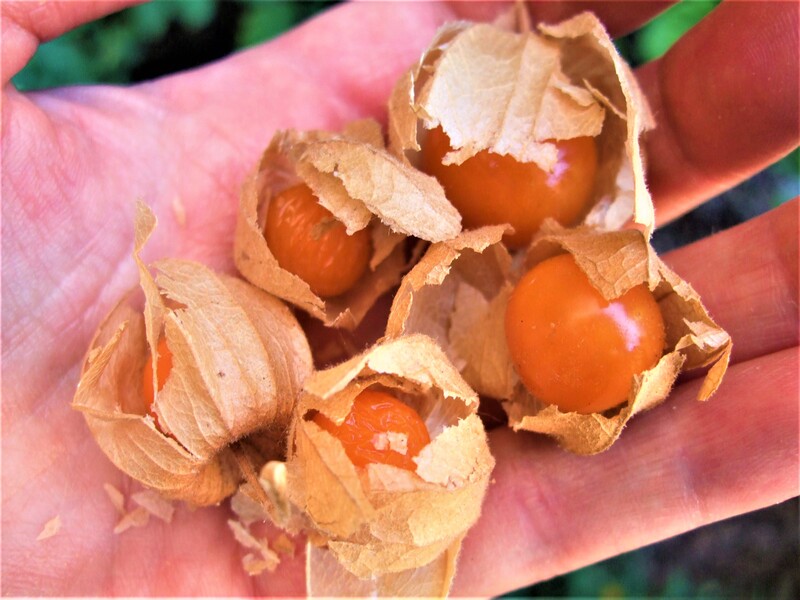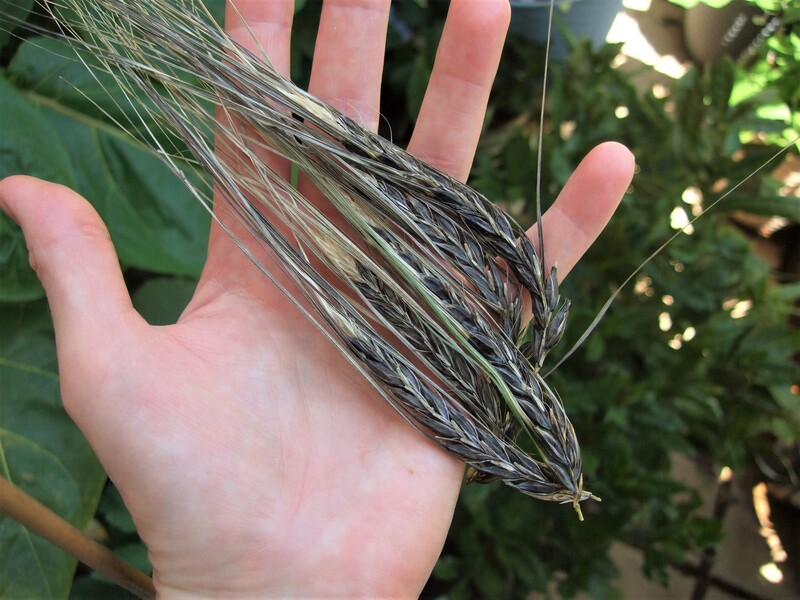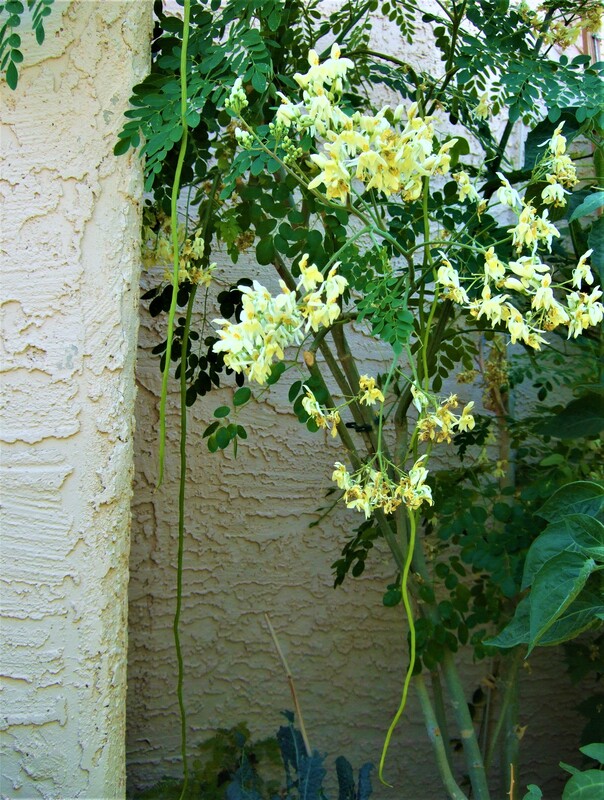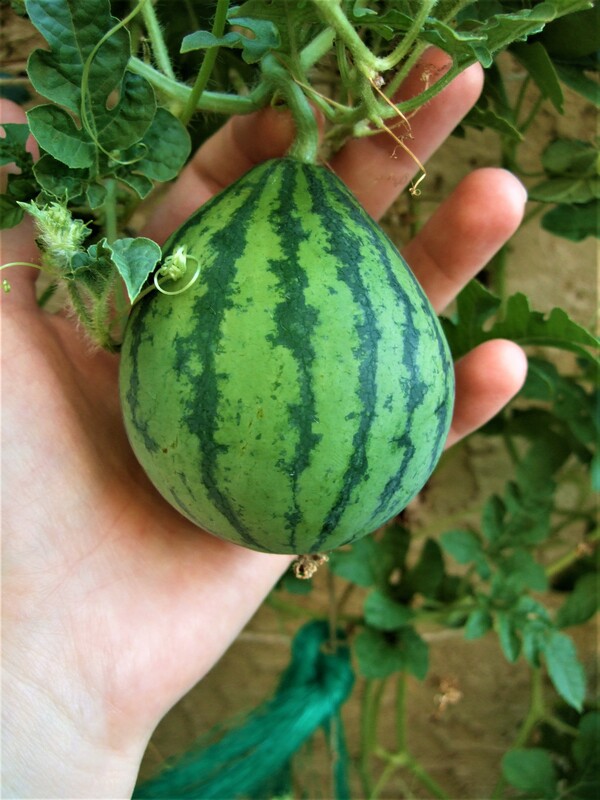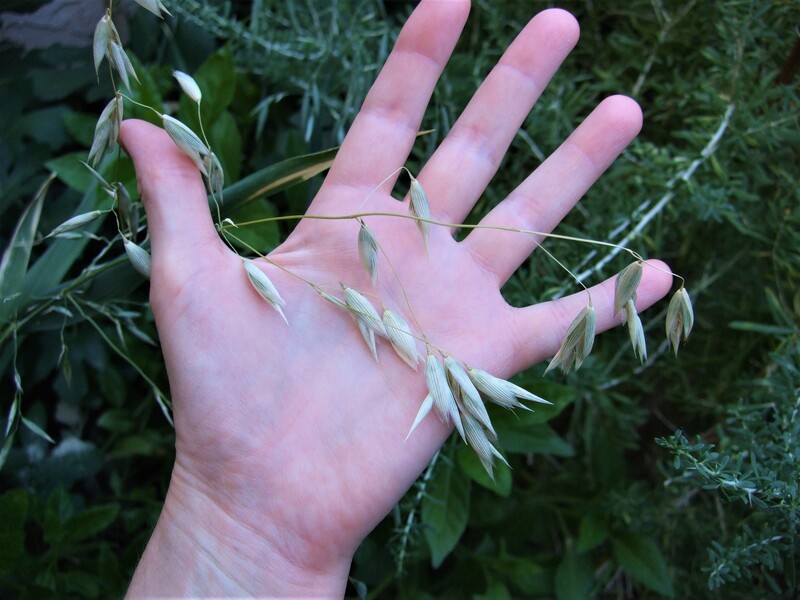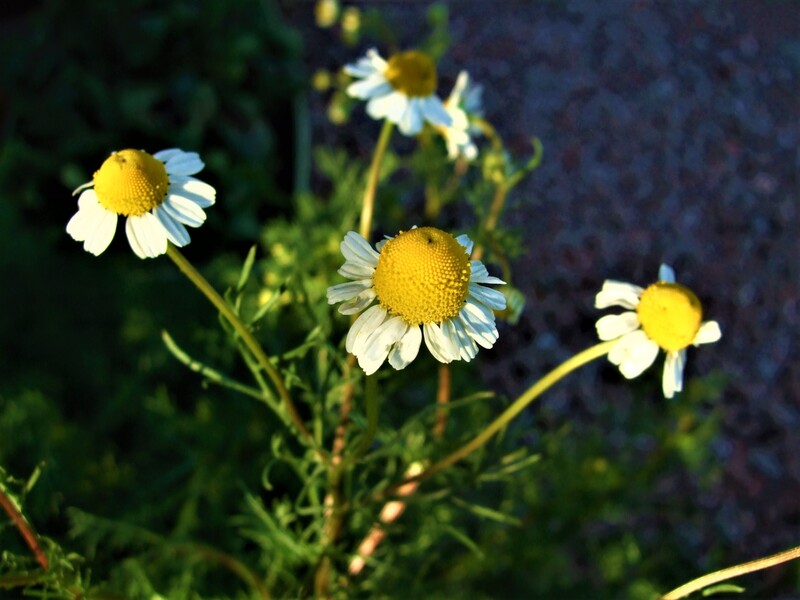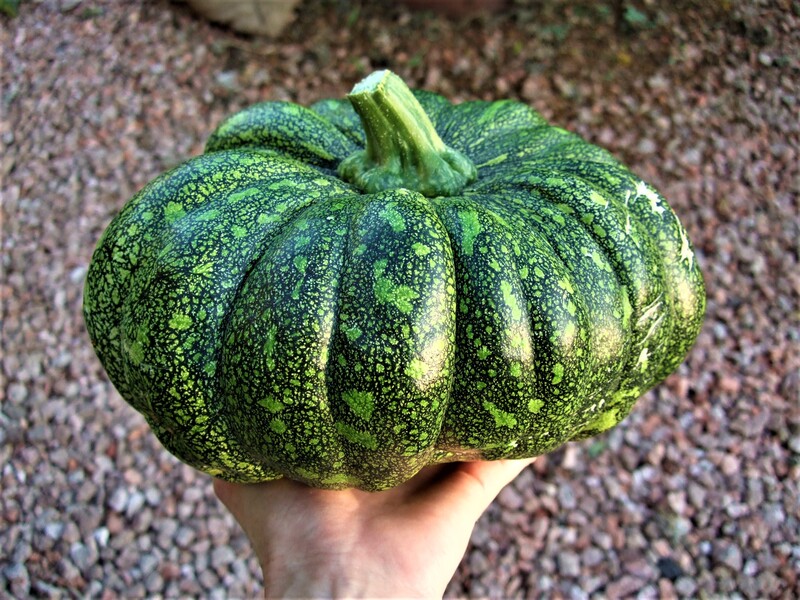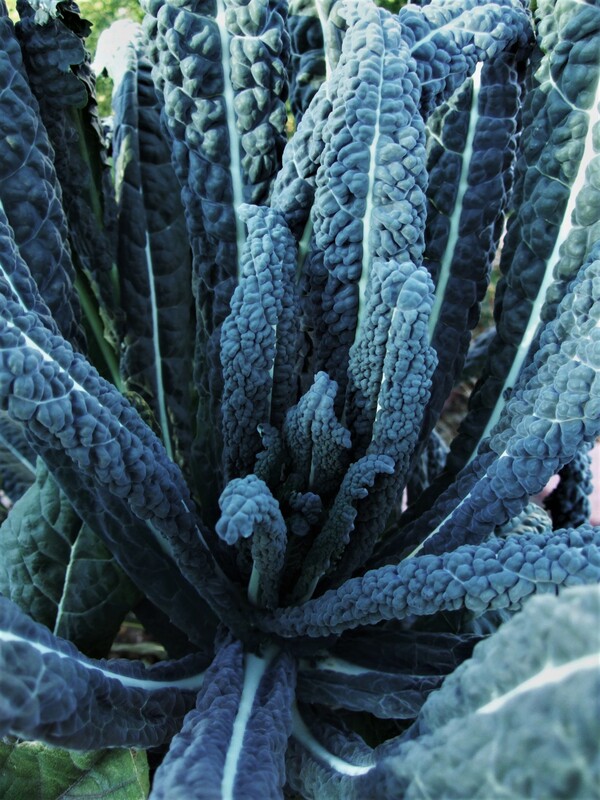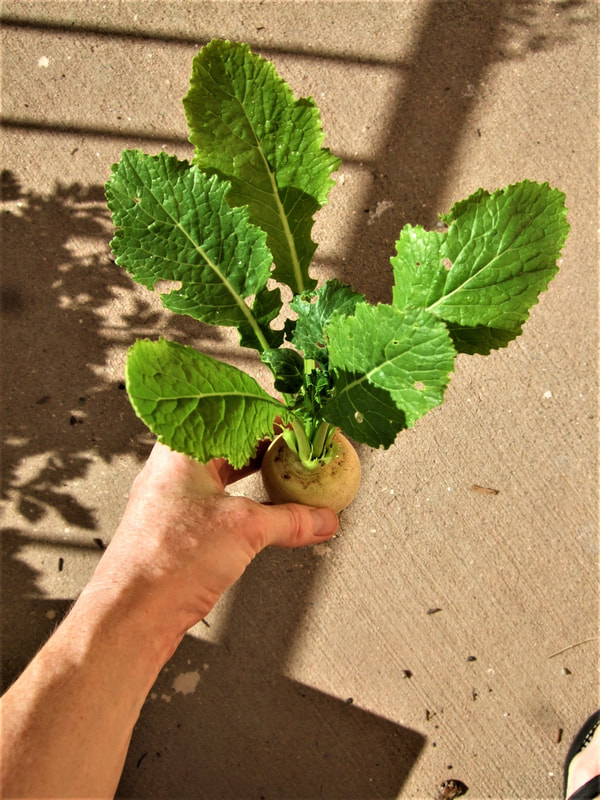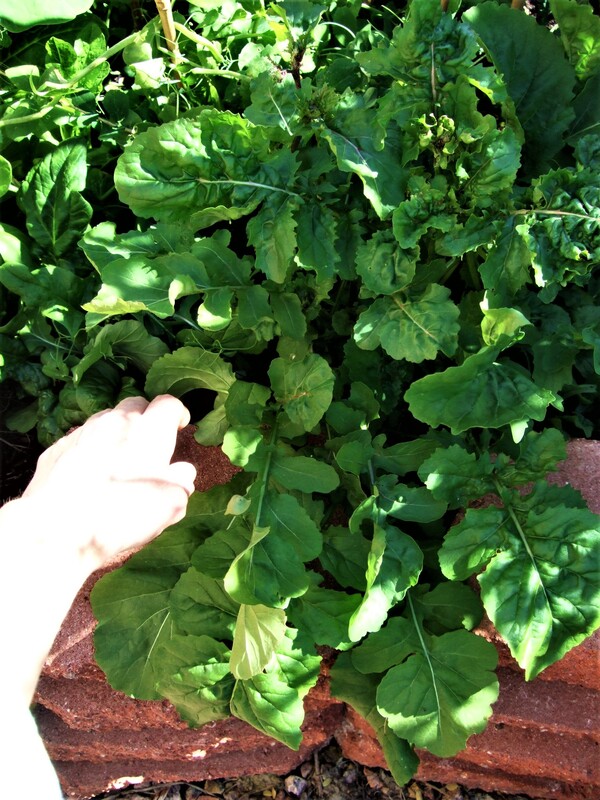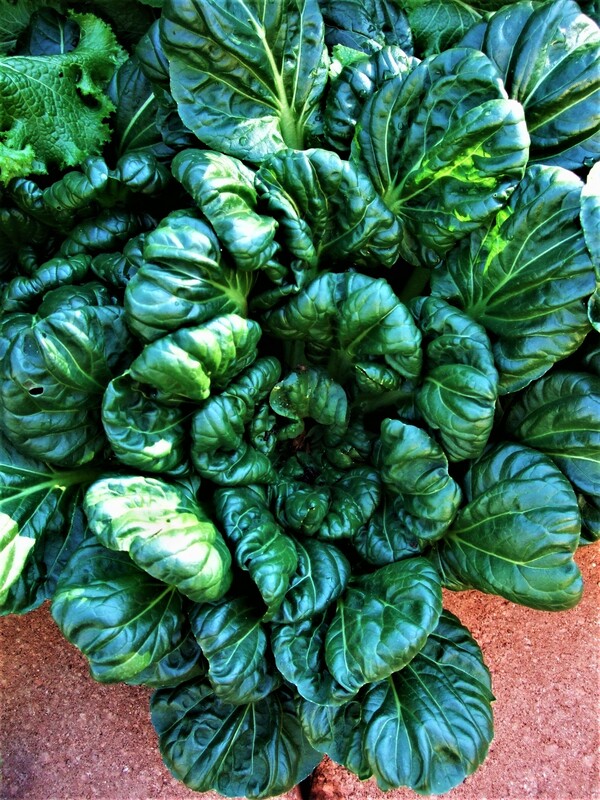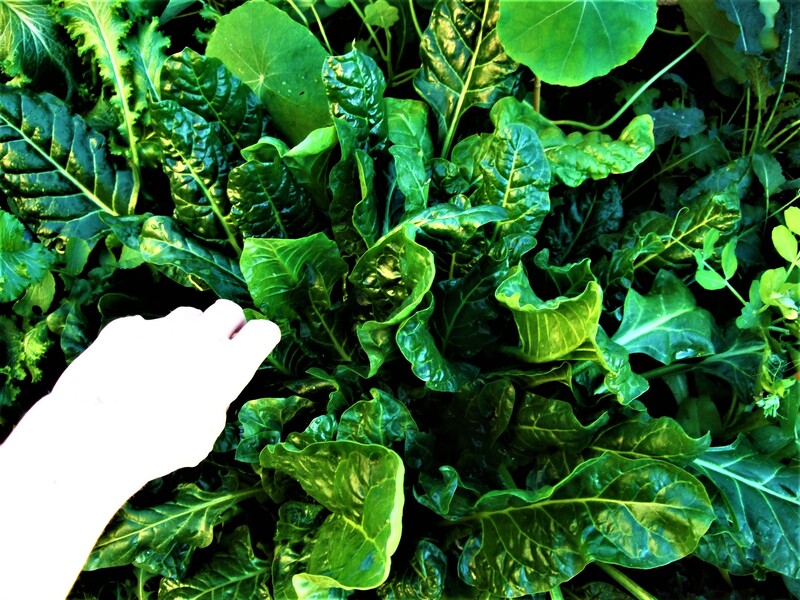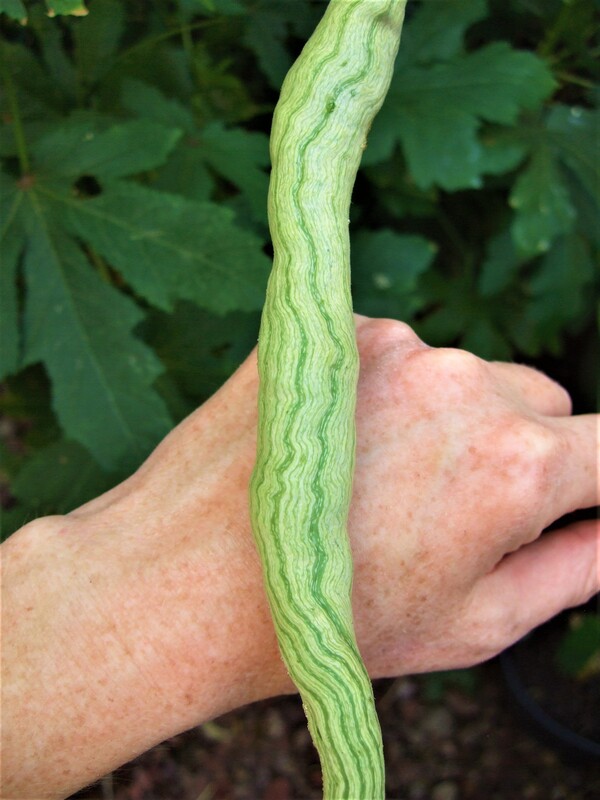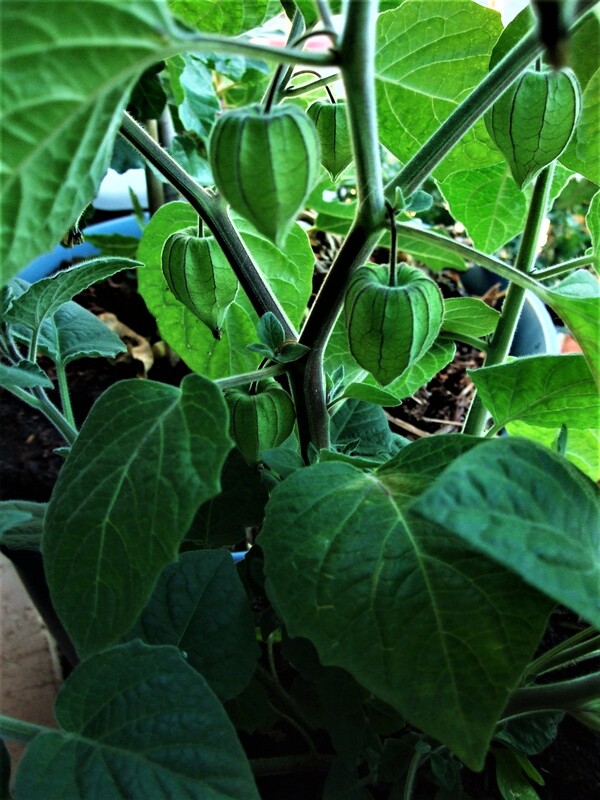Plus I Can Give Tips for Growing Food In-Ground
Most of the food I have grown has been in containers (yes, container gardening in the desert!), but at my last home, I also had a large raised bed for my organic vegetable garden. I've also done some research on edible plants best grown in-ground or that can't fit into my relatively small space. And while I grow a number of newer cultivars called hybrids (NEVER GMOs), my preference is usually heirlooms for the stability they offer.
For those new to organic vegetable gardening, the best time to begin to grow your own food was several years ago, but now is second best. Even if you start with just one vegetable, herb, or fruit tree, you too can learn how to grow your own food in your own Phoenix, Arizona desert garden (yard) or in any other hot climate! Container gardening is one of the easiest ways to begin a vegetable garden, and you may never need a raised bed even if organic hot weather desert gardening--not just cool climate or cool weather gardening--is what you have in mind.
Starting your education and planning for the following year four or more months before spring (October or earlier) is ideal, but with the right elements in place, you can even start some things for a fall harvest in the heat of summer. For example, I'm now successfully starting heirloom tomatoes from SEED outdoors in dry 114 F Arizona weather, and my Phoenix summer garden just became much more exciting as homegrown and heirloom tomatoes provide an array of flavors not found at the grocery store.
Starting your education and planning for the following year four or more months before spring (October or earlier) is ideal, but with the right elements in place, you can even start some things for a fall harvest in the heat of summer. For example, I'm now successfully starting heirloom tomatoes from SEED outdoors in dry 114 F Arizona weather, and my Phoenix summer garden just became much more exciting as homegrown and heirloom tomatoes provide an array of flavors not found at the grocery store.
/
- 1
- 2
- 3
- 4
- 5
~"Your handmade shade structures held up to four monsoons [--some of which broke trees in half or uprooted them all over the city]. I watched them through my window, and they kept standing! You did a great job!"
A neighbor in 2018 or 2019
A neighbor in 2018 or 2019
A NEIGHBOR IN 2021
/
- 1
- 2
- 3
- 4
- 5
Making organic Vegetable gardening consulting more accessible
When I looked into it a couple of years ago before inflation took place, a number of vegetable gardening consulting services began with a roughly hour-long, in-person consultation of about $150 and then cost $50+ hourly after that, and not all of them had an organic focus. Additionally, most did not have a potted/container garden specialization, had not tested as many heirloom tomato cultivars, and did not have the specialization of hot and dry low desert vegetable gardening which has many challenges of its own including too few clouds to soften the sun's rays, too little rain, and supremely dry air.
One of my goals is to help more people than can be helped with those types of consulting services—through e-mail and phone consulting which works for both locals and those outside of my immediate area of Phoenix, Arizona, plus reducing the amount of time spent driving reduces cost.
As I have spent hundreds of hours researching answers to my questions and learning through trial and error, it is also a goal to save my customers much time, money, and effort! I’ve documented much along the way for sharing via computer.
My experience is with growing food organically—mostly potted and in a raised bed—in a supremely hot and dry, low desert climate (Zone 9B), but I can also help those in climates less hot than Phoenix, Arizona’s 105-118ish-degree summers, and I’ve done some research on plants best grown in-ground or that can’t fit into my relatively small space.
One of my goals is to help more people than can be helped with those types of consulting services—through e-mail and phone consulting which works for both locals and those outside of my immediate area of Phoenix, Arizona, plus reducing the amount of time spent driving reduces cost.
As I have spent hundreds of hours researching answers to my questions and learning through trial and error, it is also a goal to save my customers much time, money, and effort! I’ve documented much along the way for sharing via computer.
My experience is with growing food organically—mostly potted and in a raised bed—in a supremely hot and dry, low desert climate (Zone 9B), but I can also help those in climates less hot than Phoenix, Arizona’s 105-118ish-degree summers, and I’ve done some research on plants best grown in-ground or that can’t fit into my relatively small space.
PRICING
/
- 1
- 2
- 3
- 4
- 5
"This woman kept her plants alive this summer!"
A neighbor in 2018 or 2019 bragging to her family as they went for a walk
A neighbor in 2018 or 2019 bragging to her family as they went for a walk
A NEIGHBOR IN 2021
/
- 1
- 2
- 3
- 4
- 5
